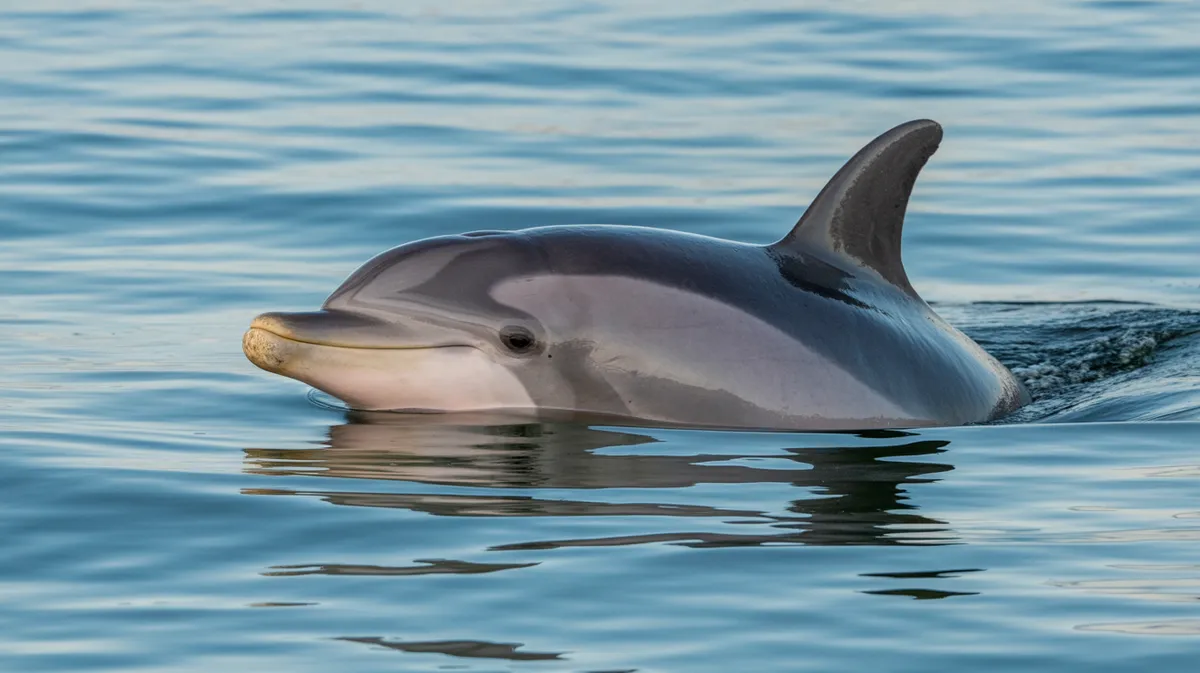
La Plata Dolphin
Pontoporia blainvillei
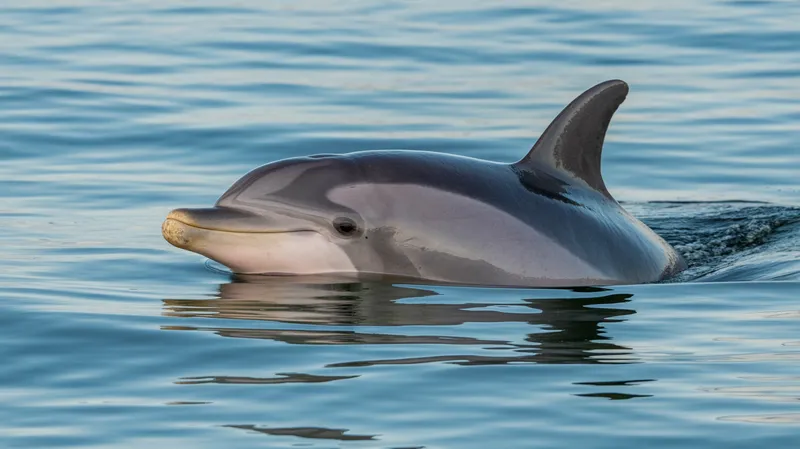
Meet the La Plata Dolphin
The La Plata dolphin, also known as the franciscana, is a small species of river dolphin native to the coastal Atlantic waters and estuaries of southeastern South America. Characterized by its exceptionally long, narrow beak and small size, it is the only member of its family, Pontoporiidae. Unlike most river dolphins, it frequently inhabits both saltwater and freshwater environments, including rivers, estuaries, and coastal waters. The species is shy and elusive, making it difficult to study in the wild, and it is highly vulnerable to threats from fishing nets and habitat degradation. Its population is declining due to bycatch, pollution, and habitat loss.
Classification
Mammal
Habitat
Coastal waters, estuaries, and rivers of southeastern South America
Diet
Carnivore
Lifespan
15-20 years
Conservation
Vulnerable
Weight
30-50 kg
📖Fascinating Facts
Exceptionally Long Beak
The La Plata dolphin's beak can be up to 15% of its total body length, the longest proportionally among all dolphins.
Dual Habitat
It is unique among river dolphins for inhabiting both marine and freshwater environments, including coastal Atlantic waters, estuaries, and rivers.
Threatened by Bycatch
The primary threat to the La Plata dolphin is accidental capture in fishing nets (bycatch), which has led to significant population declines.
📋Detailed Description
The La Plata dolphin (Pontoporia blainvillei), also known as the franciscana or toninha, is a small, slender cetacean distinguished by its exceptionally long, narrow beak—the longest relative to body size among all dolphins—measuring up to 15% of its total length. Adults typically reach 1.3–1.7 meters in length and weigh between 30 and 53 kilograms, with females generally larger than males. Their coloration is pale grey to brownish on the dorsal side, fading to a lighter ventral surface. The dorsal fin is triangular and relatively low, while the flippers are broad and paddle-shaped. The species has a flexible neck, unlike most dolphins, due to unfused cervical vertebrae, allowing greater maneuverability in shallow, turbid waters. La Plata dolphins possess between 50 and 61 pairs of sharp, conical teeth in each jaw, adapted for grasping small prey. Their eyes are small but functional, and they rely heavily on echolocation to navigate and hunt in often murky environments. The species is elusive and cryptic, surfacing briefly and rarely leaping, which, combined with their preference for shallow, nearshore waters, makes them difficult to observe in the wild. They are the only member of the family Pontoporiidae and the only river dolphin species to regularly inhabit marine and estuarine environments, ranging from southern Brazil to northern Argentina. Their lifespan is estimated at 20–30 years in the wild.
💡 Did you know?
Despite being called a river dolphin, the La Plata dolphin is the only river dolphin species that lives in the ocean as well as rivers.
🔬Research & Sources
Wikipedia Summary
The La Plata dolphin, franciscana or toninha is a species of river dolphin found in coastal Atlantic waters of southeastern South America. It is a member of the Inioidea group and the only one that lives in the ocean and saltwater estuaries, rather than inhabiting exclusively freshwater systems. Commercialized areas that create agricultural runoffs and industrialized zones can affect the health of the La Plata dolphin, especially in regards to their contributions of waste and pollution, which can lead to habitat degradation and poisoned food among other concerns.
Last Modified: 11/18/2024
🎭Behavior & Social Structure
La Plata dolphins are generally solitary or found in small groups of 2–5 individuals, though aggregations of up to 15 have been reported in areas of abundant prey. They are diurnal, with peak activity during daylight hours, and spend much of their time foraging in shallow coastal waters, estuaries, and river mouths. Their diet consists mainly of small fish (such as silversides, anchovies, and croakers), cephalopods, and crustaceans, which they locate using sophisticated echolocation clicks and buzzes. Hunting is typically performed near the bottom, and they may use their long beaks to probe sediment for hidden prey. Social interactions are subtle, involving tactile contact and coordinated swimming, but overt displays are rare. Communication is primarily acoustic, with a repertoire of clicks and whistles. La Plata dolphins surface inconspicuously to breathe, rarely displaying aerial behaviors such as leaping or bow-riding. They are known to avoid boats and are sensitive to disturbances, which contributes to their elusive reputation.
👶Reproduction & Life Cycle
The reproductive cycle of the La Plata dolphin is not fully understood, but available data indicate a seasonal breeding pattern, with most births occurring from late spring to early summer (October to January) in the Southern Hemisphere. Females reach sexual maturity at around 2–3 years of age, while males mature slightly earlier. Gestation lasts approximately 11–12 months, after which a single calf is born, measuring about 70–80 cm in length and weighing 7–10 kg. Calves are nursed for several months and remain closely associated with their mothers, who provide extensive parental care. Interbirth intervals are estimated at 2–3 years. There is no evidence of long-term pair bonds, and mating systems are presumed to be promiscuous or polygynous. Calves grow rapidly and begin to consume solid food within a few months, though weaning may extend up to a year.
🛡️Adaptations & Survival
La Plata dolphins exhibit several adaptations for life in shallow, turbid, and variable salinity environments. Their long, narrow beak allows precise probing for prey in muddy substrates, while their flexible neck enhances maneuverability in confined spaces. The species has a high density of sensory vibrissae (whisker-like hairs) on the beak, which may aid in detecting prey movement in low-visibility conditions. Their echolocation system is highly developed, producing high-frequency clicks suited for short-range detection in cluttered habitats. The ability to tolerate a wide range of salinities enables them to exploit both freshwater and marine environments, a unique trait among river dolphins. Their cryptic coloration and inconspicuous surfacing behavior reduce predation risk and human detection.
📚Research Sources
🎨Cultural Significance
In local folklore along the coasts of Brazil, Uruguay, and Argentina, the La Plata dolphin is sometimes associated with river spirits or omens, but it lacks the extensive mythological presence of some other river dolphins. Historically, it has not been widely hunted for food or materials, but accidental captures have led to occasional use of meat or oil. In recent years, the species has become a symbol for marine conservation in the region, with NGOs and educational campaigns highlighting its plight to promote sustainable fishing and habitat protection.
🔬Recent Research & Discoveries
Recent research has focused on population genetics, revealing significant genetic differentiation between northern and southern populations, which has important implications for conservation management. Studies on contaminant loads have documented high levels of PCBs, mercury, and other pollutants in tissue samples, raising concerns about reproductive and immune health. Advances in passive acoustic monitoring are improving knowledge of distribution and abundance, while satellite tagging has begun to elucidate movement patterns and habitat use. Ongoing research aims to refine bycatch mitigation techniques and assess the effectiveness of protected areas. The species' evolutionary history, as revealed by fossil evidence, indicates a lineage dating back to the Pliocene, making it a relict representative of ancient river dolphin diversity.
🎥Wildlife Videos
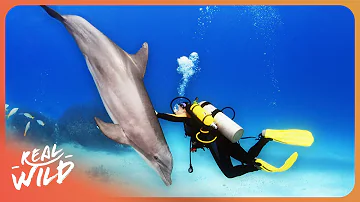
Exploring the Secret Lives of Dolphins | 4K Nature Documentary
In this documentary, follow the extraordinary journey of biologist Angela Ziler and dolphin expert Michael Scherman as they study ...
Real Wild

Swimming With Dolphins - Dolphin Encounter - HD Documentary
Dolphins are a widely distributed and diverse group of aquatic mammals. They are an informal grouping within the order Cetacea, ...
Super Documentaries
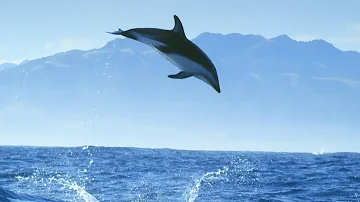
Incredible Dolphin Moments | BBC Earth
Welcome to BBC EARTH! The world is an amazing place full of stories, beauty and natural wonder. Here you'll find 50 years worth ...
BBC Earth

Dolphins off the Coast of New Zealand - Wild Dolphins - Full Nature Documentary
The different dolphin species living in the waters surrounding New Zealand have all evolved unique strategies to survive in their ...
Get.factual
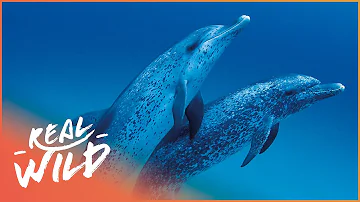
The Incredible Life Of Dolphins | Changing Seas | Real Wild
Dr. Denise has dedicated her career to learning about how dolphins communicate, behave, and socialize in one area of the ...
Real Wild

Amazon River Dolphins: Pink Freshwater Dolphins That Eat Piranhas
----------- SOCIAL MEDIA https://www.tiktok.com/@animalogic https://www.instagram.com/animalogicshow/ ...
Animalogic
🌍Habitat Information
The La Plata Dolphin typically inhabits Coastal waters, estuaries, and rivers of southeastern South America environments. La Plata Dolphins have adapted to their environments with specialized features and behaviors.
Primary Habitat:
Coastal waters, estuaries, and rivers of southeastern South America
More detailed habitat information will be available soon.
🛡️Conservation Status
The La Plata Dolphin is currently classified as Vulnerable. Conservation efforts are crucial for preserving this species for future generations.
Common Threats:
- 🏠Habitat loss and fragmentation
- 🌡️Climate change impacts
- 🎯Hunting and poaching
- 🏭Human-wildlife conflict
⚠️Threats & Conservation Challenges
The primary threat to La Plata dolphins is incidental capture (bycatch) in gillnets and trawl fisheries, which accounts for thousands of deaths annually and is the leading cause of population decline. Habitat degradation from agricultural runoff, industrial pollution (including heavy metals and persistent organic pollutants), and coastal development further impact their health and food resources. Boat traffic, noise pollution, and habitat fragmentation also pose significant challenges. The species is classified as Vulnerable by the IUCN, with population estimates suggesting a continuing decline, particularly in heavily fished regions such as southern Brazil and Uruguay. Conservation efforts are hampered by limited data, the species' elusive nature, and inadequate enforcement of fishing regulations.
🔬Scientific Classification
Scientific Name
Pontoporia blainvillei
Classification Hierarchy
🔍 About Taxonomic Classification
Taxonomic classification is a hierarchical system used by scientists to classify and organize living organisms based on shared characteristics and evolutionary relationships.
The system moves from broad categories (Kingdom) to increasingly specific ones, with each animal's scientific name typically consisting of its Genus and species.
📝Community Notes
Share your observations and insights about the La Plata Dolphin with our community of wildlife enthusiasts.
Join Our Community
Sign in to share your observations and connect with fellow wildlife enthusiasts.
Sign In to ContributeNo community notes yet
Be the first to share your observations about the La Plata Dolphin!
Explore La Plata Dolphin
Select a tab above to learn more about this amazing animal.
📸Photo Gallery
No photos available for this animal yet.
🌟Discover More Wildlife
Continue your journey of discovery with more fascinating animals from our database
